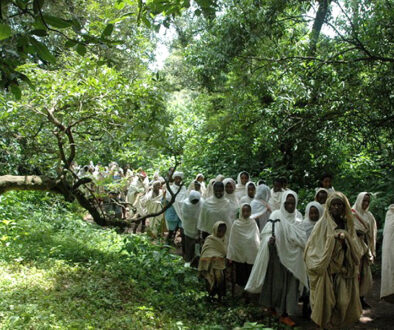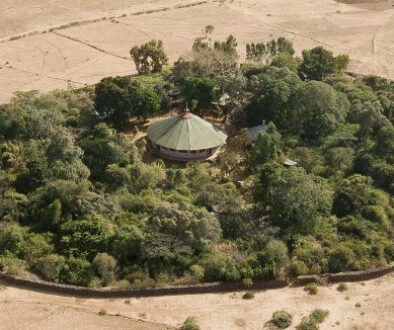Landforms as Sacred Places: Implications for Geodiversity and Geoheritage
Kevin Kiernan2014
The natural environments have influenced the development of spiritual and religious belief systems. Nature, including natural landforms, continues to figure prominently in traditional and polytheistic faiths and residually in monotheistic faiths. This prominence has resulted in numerous landforms, including numerous mountains, islands, waterbodies, rocks, caves, ans so on, coming to be regarded as sacred sites. Sacred status may confer a form of proxy reservation that aids protection of the natural values of a site but this potential varies considerably between and within faiths, depending on a variety of factors. Managers of sacred geoheritage may be faced with challenges related to the continuation of the religious activities that underpin the spiritual geoheritage values of a site versus the harm these practices may cause to its natural geoheritage values. But even where dominant local stakeholders are concerned only with the religious function or only with the natural function, it may still be possible to influence site conservation in ways beneficial to other values. Particular challenges are posed where sites are shared between multiple faiths, by interfaith conflict, by the structures and evolution of faith-based site governance systems, necessary confidentiality concerning some sites, and achieving productive liaison and co-operation between disparate stakeholders.
Reference
Kevin Kiernan. Landforms as Sacred Places: Implications for Geodiversity and Geoheritage. Geoheritage : July 2014
DOI: 10.1007/s12371-014-0128-6




